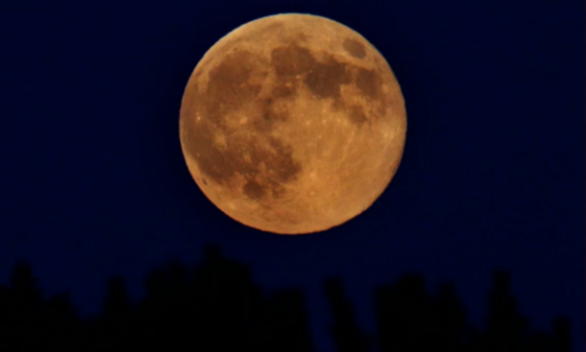
The last day of January will bring a rare treat for skygazers: It's a full moon, but the second one in one calendar month, so it becomes a blue moon.
It also happens to be a supermoon, meaning the moon is closer to earth, and there will be a total lunar eclipse.
And, according to EarthSky.org, it's the first blue moon total lunar eclipse in the Americas since March 1866.
January 31's supermoon, according to NASA, will also feature a total lunar eclipse in parts of the country â when the Earth, sun and moon, line up in such a way that the Earth blocks the sunlight that would otherwise reflect off the moon.
The next blue moon total lunar eclipse will happen Dec. 31, 2028.



